As an avid ice skater, I’ve learned that having the right equipment is crucial for success on the ice. One often overlooked but essential piece of gear is the ice skate bag.
Whether you’re a figure skater, hockey player, or recreational skater, a well-designed bag can make all the difference in protecting your investment and ensuring you’re prepared for every session on the ice.
Ice skate bags have evolved significantly since the simple cloth sacks of the early 20th century. Today, they’re sophisticated pieces of equipment designed to meet the diverse needs of skaters at all levels.
From ventilation systems that prevent odor buildup to reinforced compartments that protect delicate blades, modern ice skate bags showcase the advancements in ice sports and the technology that supports them.
The Anatomy of an Ice Skate Bag
A high-quality ice skate bag serves two primary functions: protection and organization. Let’s break down the key components that make up a top-tier ice skate bag:
Durability and Materials
The outer she’ll of an ice skate bag needs to withstand frequent use and potentially harsh conditions. Many top-tier bags use materials like Cordura or ballistic nylon, known for their exceptional strength-to-weight ratio.
These fabrics resist tears, abrasions, and water, ensuring your bag can handle being tossed in car trunks, lockers, or even airplane overhead compartments.
When shopping for a bag, pay close attention to the quality of the zippers and stitching. YKK zippers are often considered the gold standard for durability.
Reinforced stitching at stress points, such as handle attachments and strap connections, can significantly extend the life of your bag.
Compartmentalization
Organization is key when it comes to ice skate bags. Most designs feature separate compartments for skates, guards, and accessories.
This separation serves many purposes:
- It prevents blade damage by keeping skates isolated from other items.
- It allows for better ventilation, reducing moisture buildup.
- It makes it easier to find what you need quickly.
Some advanced bags even include specialized pockets for items like water bottles, snacks, or personal electronics. Look for bags with adjustable dividers that allow you to customize the interior layout to fit your specific needs.
Ventilation Systems
One of the biggest challenges in skate storage is managing moisture and odor. High-quality bags incorporate ventilation systems that allow air to circulate, preventing the growth of bacteria and mildew.
This might include mesh panels, strategically placed vents, or even built-in fans in some high-end models.
Some bags feature moisture-wicking linings that draw sweat away from your gear, further reducing the risk of odor and bacterial growth. Consider bags with removable, washable liners for easy maintenance.
Ergonomics and Portability
Carrying ice skates and gear can be physically demanding if your bag isn’t designed with ergonomics in mind. Look for features like padded shoulder straps, reinforced handles, and even wheels for larger bags.
The best designs distribute weight evenly, reducing strain on your body during transport.
For bags with wheels, pay attention to the quality of the wheels and the extendable handle. Larger, rubber-coated wheels tend to perform better on various surfaces, including ice and snow.
A sturdy, telescoping handle with many height settings can make a significant difference in comfort when rolling your bag through airports or parking lots.
Choosing the Right Ice Skate Bag
Selecting the perfect ice skate bag depends on various factors, including your skill level, frequency of use, and specific needs. Here are some key considerations:
Size and Capacity
Consider how much gear you typically carry. Recreational skaters might be fine with a compact bag that holds just skates and a few accessories.
Competitive skaters or those who practice often may need larger bags with room for many pairs of skates, costumes, or protective gear.
When assessing size, don’t just look at the overall dimensions. Pay attention to the internal layout and how efficiently the space is used. Some bags may appear smaller but offer more usable space because of clever design.
Specialization
Different ice sports have different equipment needs. Figure skaters might prioritize bags with extra padding to protect delicate boots and blades, while hockey players might need more robust bags that can handle bulkier protective gear.
For figure skaters, look for bags with separate compartments for each skate to prevent the blades from touching and potentially damaging each other. Hockey players should consider bags with expandable sections to accommodate bulky pads and helmets.
Climate Considerations
If you often skate outdoors or travel to different climates, look for bags with insulation properties. Some high-end bags feature thermal linings that help regulate temperature, protecting your skates from extreme heat or cold.
In addition to insulation, consider bags with waterproof or water-resistant exteriors if you often encounter wet conditions. This extra protection can be invaluable in preventing moisture from seeping into your bag and damaging your equipment.
Travel-Friendly Features
For skaters who travel often, consider bags that meet airline carry-on requirements. Some bags are specifically designed to fit in overhead compartments while still providing enough protection for your skates.
Look for bags with TSA-approved locks or lockable zippers to secure your gear during travel. Some travel-oriented bags also include extra pockets for passports, tickets, and other travel essentials, making them versatile options for competitions or training camps.
Products For You To Check On Amazon
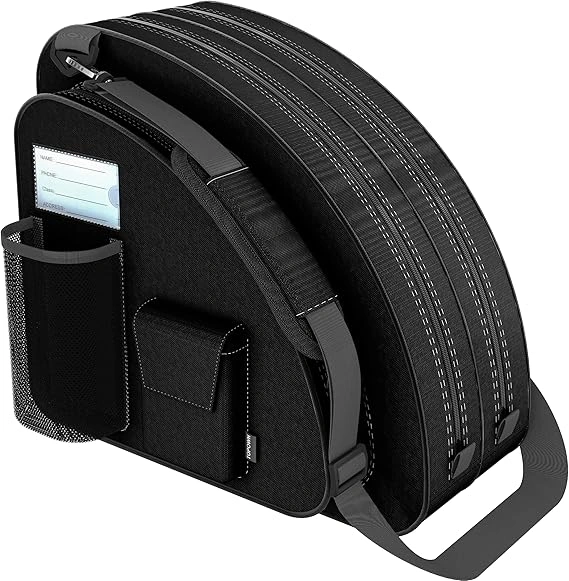

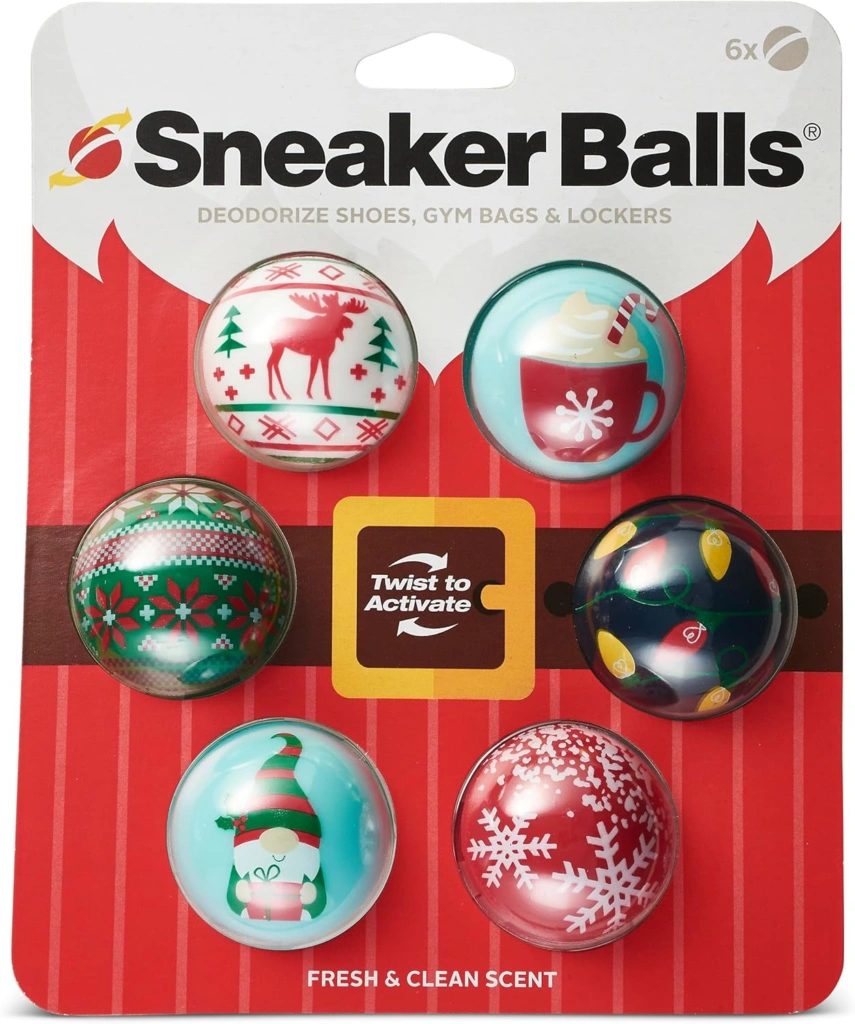
Advanced Features in Modern Ice Skate Bags
The ice skate bag industry has seen significant innovation in recent years. Here are some cutting-edge features you might encounter:
Smart Technology Integration
Some newer models incorporate technology to enhance the skating experience:
- RFID tags for easy tracking
- Built-in scales to watch weight distribution
- Blade sharpness sensors that alert you when maintenance is needed
- Bluetooth-enabled locks that can be controlled via smartphone apps
While these features may seem like luxuries, they can provide valuable data and convenience for serious skaters who are always looking to optimize their performance and equipment care.
Eco-Friendly Options
As sustainability becomes a greater concern, many manufacturers are offering bags made from recycled materials or designed for long-term use to reduce waste. Look for bags made from recycled polyester or other sustainable materials.
Some companies are also implementing take-back programs, allowing you to return your old bag for recycling when you purchase a new one. This circular approach helps reduce the environmental impact of skating equipment.
Customization
Many brands now offer customization options, allowing you to personalize your bag with team logos, names, or unique designs. This can be particularly appealing for competitive skaters or teams looking to create a cohesive look.
Beyond aesthetics, some manufacturers offer modular systems that allow you to add or remove components based on your changing needs. This flexibility can be especially useful as you progress in your skating career and your equipment requirements evolve.
Maintaining Your Ice Skate Bag
Proper care of your ice skate bag can significantly extend it’s lifespan and ensure it continues to protect your equipment effectively. Here are some maintenance tips:
Regular Cleaning
Wipe down the exterior and interior with a damp cloth to remove dirt and salt residue. For tougher stains, use a mild soap solution, being careful not to oversaturate the fabric.
Pay special attention to areas that come into direct contact with your skates or sweaty gear.
For bags with removable liners, wash them according to the manufacturer’s instructions, typically in cold water with a gentle detergent. Allow all components to dry completely before reassembling the bag.
Airing Out
Always unzip your bag and allow it to air out completely after each use to prevent odor buildup. If possible, store your bag in a well-ventilated area between uses.
For bags with removable compartments, take them out to ensure thorough drying.
Consider using a small fan or dehumidifier in your storage area to promote air circulation and reduce moisture levels, especially if you live in a humid climate.
Odor Control
Use odor-absorbing products like activated charcoal or specialized deodorizers in your bag to combat persistent odors. Natural options like cedar blocks or lavender sachets can also be effective and provide a pleasant scent.
For particularly stubborn odors, consider using an enzymatic cleaner designed specifically for sports equipment. These products break down the organic compounds that cause odors, rather than just masking them.
Prompt Repairs
Address any tears or broken zippers immediately to prevent further damage. Many sporting goods stores offer repair services for high-end bags.
For minor repairs, a heavy-duty needle and thread or a patch kit can often do the trick.
Keep a small repair kit in your bag for emergency fixes at the rink. Include items like safety pins, a small sewing kit, and strong adhesive tape.
Common Pitfalls to Avoid
When selecting and using an ice skate bag, be aware of these potential issues:
Underestimating Size Needs
Choosing a bag that’s too small can lead to overpacking and potential damage to your equipment. Consider not just your current needs and how your equipment requirements might change in the near future.
If you’re unsure, opt for a slightly larger bag with adjustable compartments. This allows for flexibility as your needs change and can prevent the need for frequent replacements.
Ignoring Ventilation
Bags without proper airflow can become breeding grounds for bacteria and unpleasant odors. Even if a bag looks stylish, prioritize designs that incorporate ventilation features.
Test the ventilation by closing the bag and feeling for air movement when you squeeze it. A well-ventilated bag should allow air to circulate easily.
Prioritizing Style Over Function
While aesthetics are important, don’t sacrifice essential features for a trendy look. A bag that fails to protect your equipment adequately or causes discomfort during transport will quickly lose it’s appeal, regardless of how good it looks.
Consider how the bag’s design will hold up over time. Some trendy features may become dated quickly, while classic, functional designs tend to have more longevity.
Neglecting Maintenance
Regular cleaning and care are crucial for longevity. Establish a routine for cleaning and inspecting your bag, perhaps coinciding with your skate maintenance schedule.
Keep a log of when you perform maintenance tasks and any repairs made. This can help you track the bag’s lifespan and identify any recurring issues that might indicate it’s time for a replacement.
The Future of Ice Skate Bags
As ice sports continue to evolve, so too will the technology behind ice skate bags. We can expect to see further innovations in materials science, with fabrics that offer even better protection against extreme temperatures and impacts.
Integration with other skating equipment, such as built-in blade sharpeners or quick-change systems for different types of blades, may also become more common. Some manufacturers are exploring the use of smart fabrics that can actively regulate temperature or provide compression to reduce gear movement during transport.
Sustainability will likely play an increasingly important role in bag design, with more eco-friendly materials and production methods being developed. We may see bags made from biodegradable materials or designed for easy disassembly and recycling at the end of their life cycle.
Advancements in 3D printing technology could lead to custom-fitted bags tailored to an individual skater’s exact equipment dimensions and preferences. This level of personalization could change how we think about equipment storage and transport.
Exercises to Optimize Your Ice Skate Bag Usage
To make the most of your ice skate bag, consider incorporating these exercises into your routine:
Conduct a Gear Audit
Lay out all your skating equipment and assess what you truly need to carry regularly. This process helps you identify unnecessary items that may be adding weight or taking up valuable space in your bag.
Create a checklist of essential items and update it seasonally or as your training regimen changes. This confirms you’re always prepared without overloading your bag.
Practice Efficient Packing
Time yourself packing and unpacking your bag to find the most effective organization method. Experiment with different arrangements of your gear to minimize wasted space and maximize accessibility.
Consider using packing cubes or small organizers within your bag to keep smaller items contained and easy to locate. This can be particularly helpful for things like hair accessories, spare laces, or tool kits.
Test Different Carrying Methods
Try various ways of carrying your bag (shoulder strap, handle, backpack style if available) to find the most comfortable option for you. Pay attention to how different carrying methods affect your posture and balance, especially when walking on potentially slippery surfaces around the rink.
If your bag has wheels, practice maneuvering it through tight spaces and over different surfaces you might encounter on your way to the rink. This can help you develop better control and reduce the risk of accidents.
Create a Maintenance Schedule
Set reminders for regular cleaning and inspection of your bag. Align this schedule with your skate maintenance routine to ensure all your equipment receives consistent care.
Include tasks like washing removable liners, checking zippers and seams for wear, and replenishing any odor-control products you use. By staying proactive with maintenance, you can address minor issues before they become major problems.
Key Takeaways
- A well-designed ice skate bag protects your equipment and enhances your skating experience.
- Consider factors like size, ventilation, and specialized features when choosing a bag.
- Regular maintenance significantly extends the life of your ice skate bag.
- Stay informed about new technologies and innovations in ice skate bag design to ensure you’re getting the most out of your equipment.
- Proper organization and packing techniques can improve your efficiency and reduce stress at the rink.
Frequently Asked Questions
What size ice skate bag do I need?
The size of ice skate bag you need depends on your equipment and how often you skate. Recreational skaters might only need a bag large enough for skates and a few accessories, while competitive skaters may need a larger bag to accommodate many pairs of skates, costumes, and other gear.
How do I clean my ice skate bag?
Clean your ice skate bag by wiping it down with a damp cloth after each use. For deeper cleaning, use a mild soap solution and allow the bag to air dry completely.
If your bag has removable liners, wash them according to the manufacturer’s instructions.
Can I use a regular gym bag for ice skates?
While you can use a regular gym bag for ice skates, it’s not ideal. Ice skate bags are designed with specific features like blade protection, ventilation, and compartments for skating accessories that regular gym bags lack.
How often should I replace my ice skate bag?
The lifespan of an ice skate bag varies depending on usage and care. With proper maintenance, a high-quality bag can last several years.
Consider replacing your bag if you notice significant wear, broken zippers, or if it no longer meets your storage needs.
Are wheeled ice skate bags worth it?
Wheeled ice skate bags can be worth the investment, especially if you often travel to competitions or have to carry your gear long distances. They reduce physical strain and make transportation easier, particularly for younger skaters or those with many pairs of skates.
What’s the best way to prevent odors in my ice skate bag?
To prevent odors, always air out your bag after use, use odor-absorbing products like activated charcoal, and clean your bag regularly. Ensure your skates and other gear are dry before placing them in the bag.
Can I bring my ice skate bag as a carry-on when flying?
Many ice skate bags are designed to meet airline carry-on requirements, but it’s always best to check with your specific airline. Some airlines may have restrictions on carrying skates in the cabin, so be prepared to check your bag if necessary.
How do I organize my ice skate bag efficiently?
Organize your ice skate bag by using all available compartments, keeping often used items easily accessible, and using small organizers or packing cubes for smaller accessories. Develop a consistent packing system to ensure you always know where everything is located.
Are there eco-friendly ice skate bag options?
Yes, many manufacturers now offer eco-friendly ice skate bags made from recycled materials or designed for long-term use to reduce waste. Look for bags made from sustainable fabrics or those with take-back recycling programs.
How do I choose between a backpack-style and a traditional ice skate bag?
Choose between a backpack-style and a traditional ice skate bag based on your personal preference and how you typically transport your gear. Backpack-style bags offer hands-free carrying and can be more comfortable for longer distances, while traditional bags often provide easier access to your equipment.
Affiliate Disclaimer: SkateNavigator.com may include affiliate links, which allow us to earn a small commission when you make a purchase through them. This helps support our site at no extra cost to you. Thank you for your support!
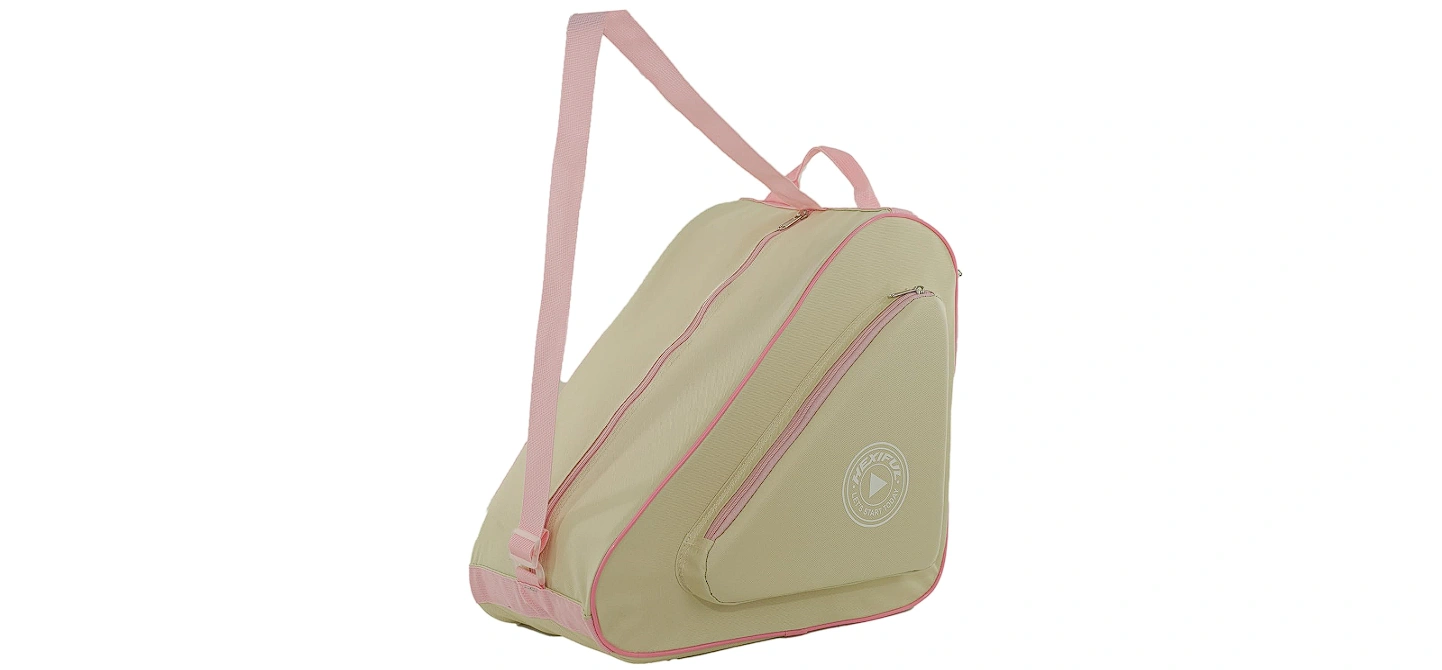

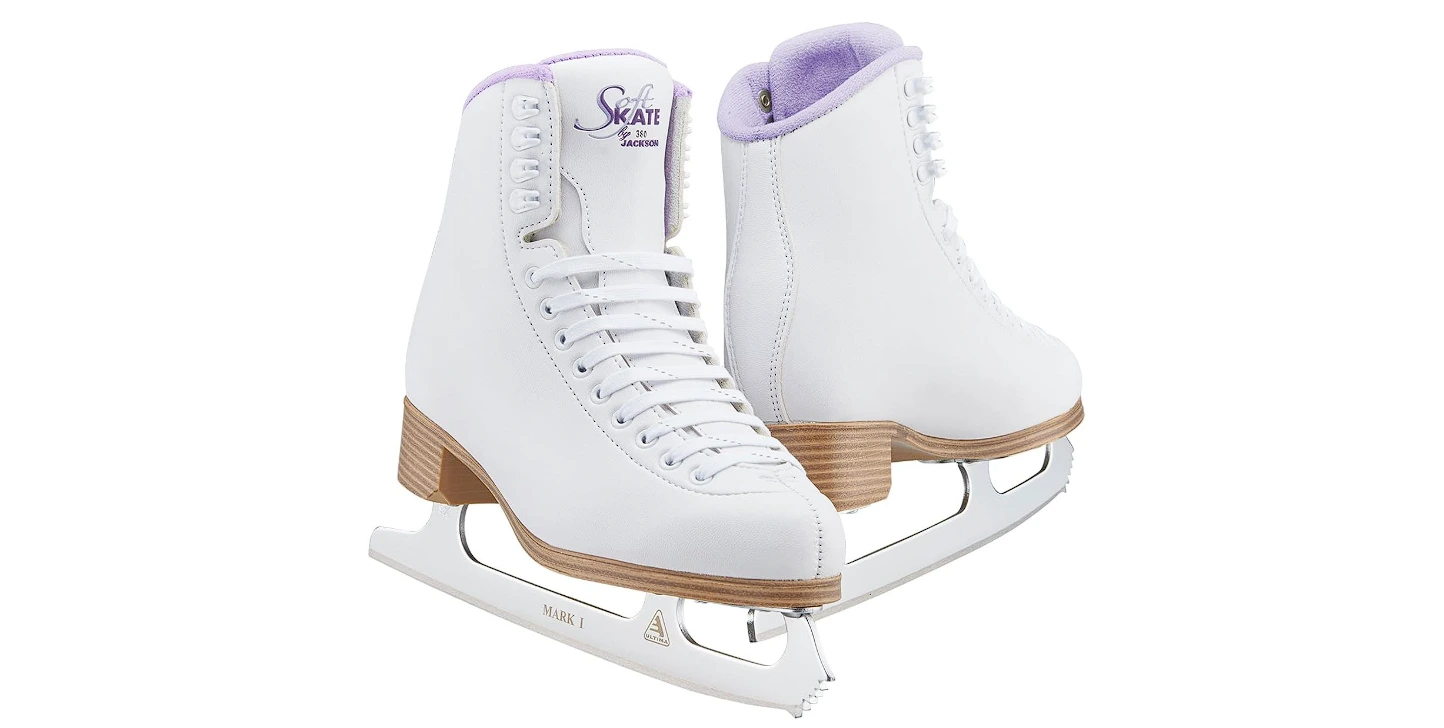
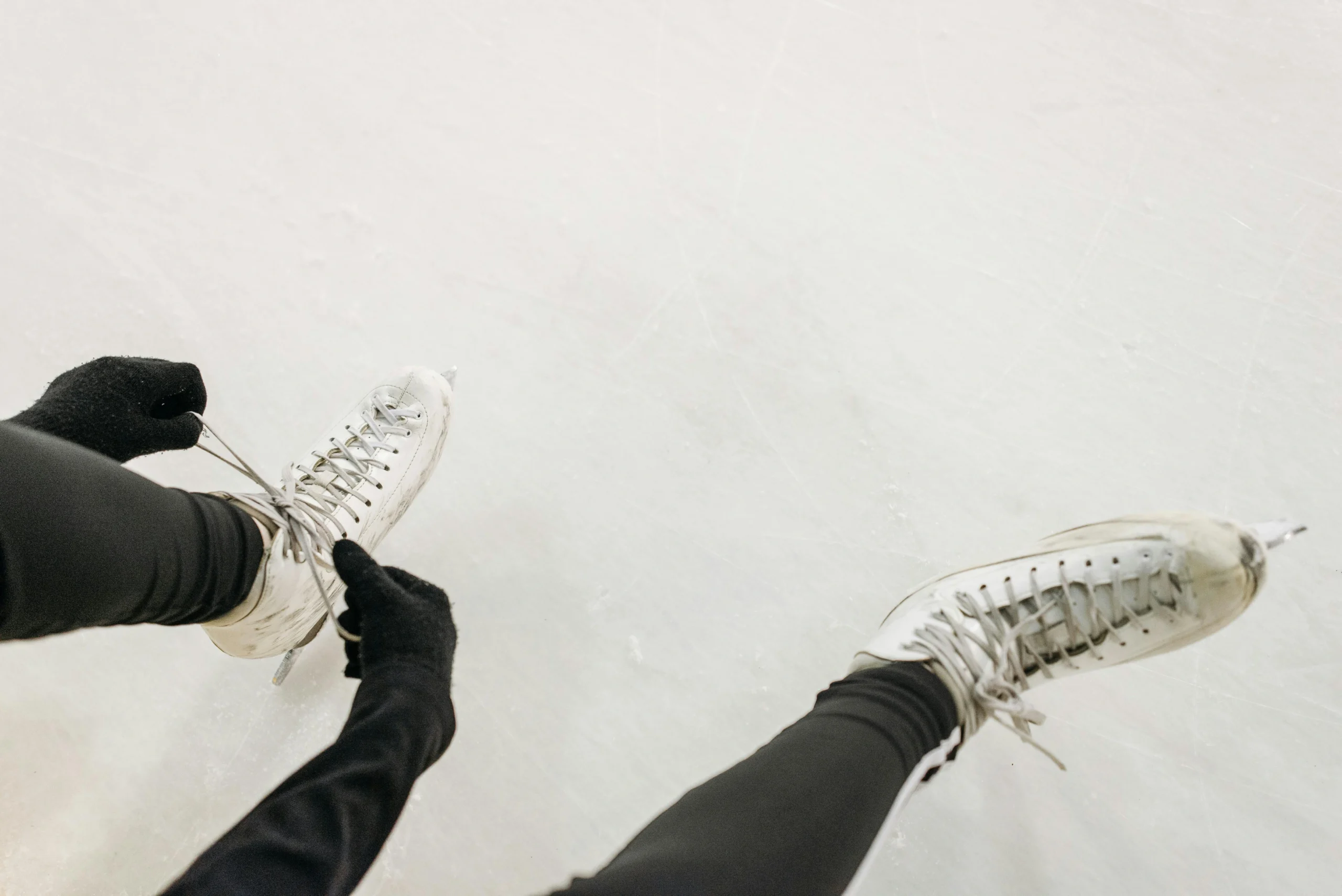
I’m really impressed together with your writing talents as neatly as with the structure in your weblog. Is this a paid topic or did you modify it your self? Anyway keep up the nice quality writing, it’s uncommon to peer a nice weblog like this one nowadays!